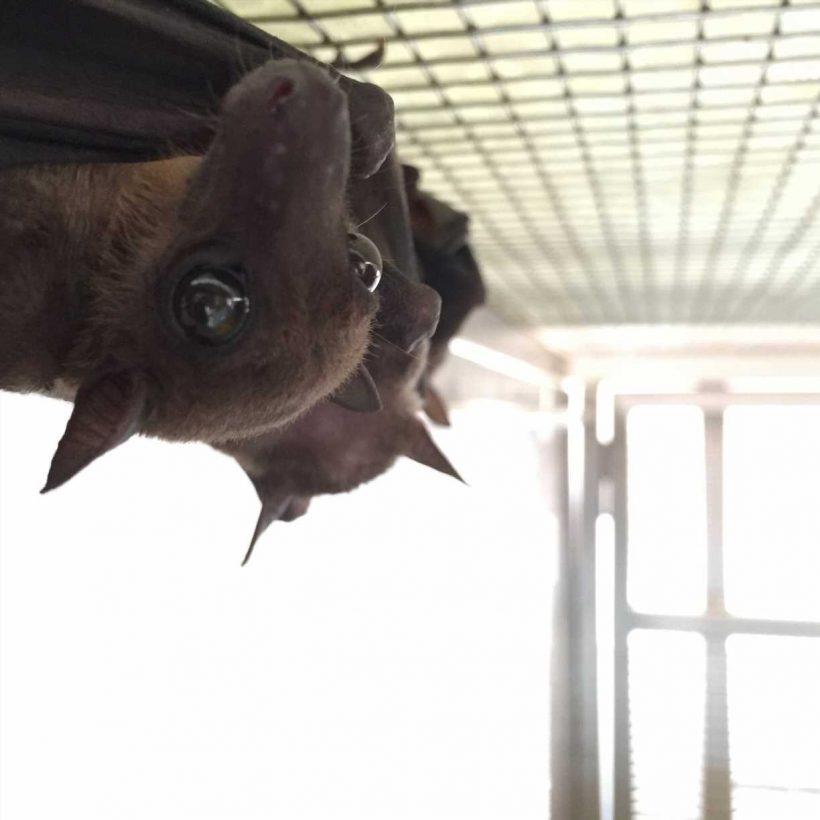
In a world first, scientists at Duke-NUS Medical School and colleagues in Singapore have sequenced the response to viral infection in colony-bred cave nectar bats (Eonycteris spelaea) at single-cell resolution. Published in the journal Immunity, the findings contribute to insights into bat immunity that could be harnessed to protect human health.
Bats harbor many types of viruses. Even when they are infected with viruses deadly to humans, they show no notable signs or symptoms of disease.
“It is our hope that by understanding how bats’ immune responses protect them from infections, we may find clues that will help humans to better combat viral infections,” explained Dr. Akshamal Gamage, Research Fellow with Duke-NUS’ Emerging Infectious Diseases (EID) Program and a co-first author of the study.
“And knowing how to better fight viral infections can aid in the development of treatments that will help us to be more bat-like—by falling sick less and aging better,” added Mr Wharton Chan, an MD-Ph.D. candidate at Duke-NUS who is also a co-first author of the study.
In this study, the scientists investigated bat immune responses to Malacca virus, a double-stranded RNA virus that uses bats as its natural reservoir. This virus also causes mild respiratory disease in humans.
The team used single-cell transcriptome sequencing to study lung immune responses to infections at the cellular level, identifying the different types of immune cells in bats—some of which are different from those in other mammals, including humans—and uncovering what they do in response to such viral infections.
They found that a type of white blood cell, called neutrophils, showed a very high expression of a gene called IDO1, which is known to play a role in mediating immune suppression in humans. The scientists believe that IDO1 expression in cave nectar bats could play an important role in limiting inflammation following infection.
Dr. Feng Zhu, Research Fellow with the EID Program and a co-first author of the study, said, “We also found marked anti-viral gene signatures in white blood cells known as monocytes and alveolar macrophages, which—in a sense—consume viral particles and then teach T cells how to recognize the virus. This observation is interesting as it shows that bats clearly activate an immune response following infection despite showing few outward symptoms or pathology.”
The team also identified an unusual diversity and abundance of T cells and natural killer cells—named for their ability to kill tumor cells and cells infected with a virus—in the cave nectar bat, which are broadly activated to respond to the infection.
“This is the first study that details the bat immune response to in vivo infection at the single-cell transcriptome level,” said Professor Linfa Wang, senior author of the study from the EID Program.
“We believe that our work serves as a key guide to inform further investigations into uncovering the remarkable biology of bats. Moving forward, besides studies into viral disease tolerance, we also hope to uncover clues to longevity from bats as long-lived mammals and also learn how these nectarivorous bats can live on the high sugar diet in nectar without getting diabetes.”
More information:
Akshamal M. Gamage et al, Single-cell transcriptome analysis of the in vivo response to viral infection in the cave nectar bat Eonycteris spelaea, Immunity (2022). DOI: 10.1016/j.immuni.2022.10.008
Journal information:
Immunity
Source: Read Full Article
